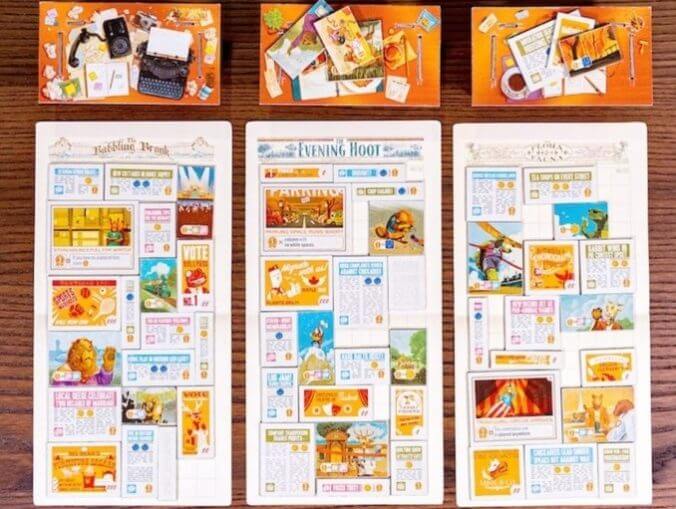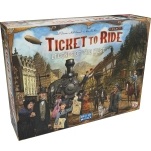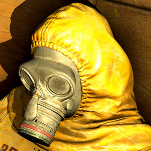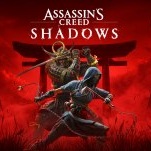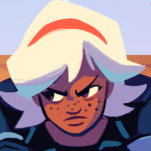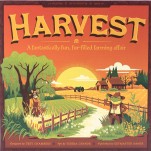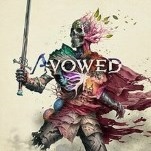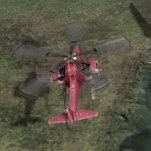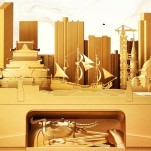Extra Extra: Fit to Print Finds Fun in the Newspaper Business
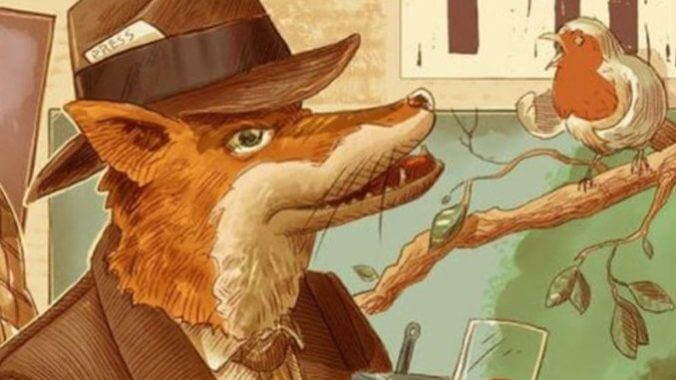
Real-time games are an outlier on the tabletop—that’s a style more associated with videogames, at the very least. Games where players are scrambling to grab things from the same pile at the same time are usually dexterity games, ones that reward quickness or precision, rather than actual strategy games. There’s one huge exception among strategy games that long-time gamers might know in Galaxy Trucker, which, in my humble opinion, did this so well that few designers were willing to try it.
Enter Fit to Print, the latest game from designer Peter McPherson (Tiny Towns, Wormholes) and Flatout Games (Cascadia, Calico), which has a similar real-time element to Galaxy Trucker and combines it with some spatial reasoning to give players a different sort of challenge. Everyone grabs tiles from the common supply, and once you’ve got what you think is the right number and variety, you move to the layout stage and place them—but once you’ve started placing them, you can’t take any more tiles or put them back.
Players in Fit to Print are publishers of cutesy woodland newspapers—newspapers used to be important sources of reliable information, delivered to your doorstep daily on a material made from dead trees—and will put out three editions of increasing size on Friday, Saturday, and Sunday. (I most recently played this game on a Thursday and can confirm it still works.) During a round, which has a standard length of four minutes but can be customized to your group’s preferences, you’ll grab article, photo, and ad tiles from the giant pile in the middle of the table which has some face-up tiles and some face-down ones. If you follow the rules to a T, you can only use one hand to take a tile, then flip it if it’s face-down, after which you must place it on your cardboard desk or return it to the center. Once you’ve got enough tiles, you shout “Layout!” and move on to the next phase, where you will place all of your tiles, including your larger Centerpiece tile, to try to fill your entire board while following all of the placement rules:
- You can’t put two photos next to each other.
- You can’t put two ads next to each other.
- You can’t put two articles of the same color (green, blue, pink) next to each other.
You want to minimize your unused spaces, while placing articles next to photos that match certain symbols to gain more points. At the end of each round, you score 1 or 2 points for each article, points for your photos, points from your centerpiece tile, and then lose points if you didn’t balance your happy and sad stories perfectly. Players compare their largest empty spaces on their boards, and the player with the smallest such area gets a bonus while the player with the largest of all loses points. You also gain dollars from your ads, which matters for end-game—the player with the lowest revenue total loses automatically! (In a two-player game, this rule doesn’t apply; if one player has more than $5 less than the other, they lose 10 points.)
-

-

-

-

-

-

-

-

-

-

-

-

-

-

-

-

-

-

-

-

-

-

-

-

-

-

-

-

-

-

-

-

-

-

-

-

-

-

-

-

